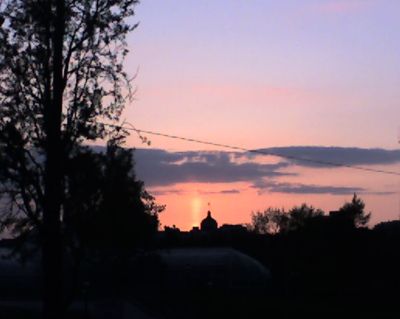
21 December 2009
Today is the winter solstice, the day the sun stands still. That’s what it means in Latin: sol is sun and stice is from sistere meaning to stand still.
I doubt that most modern day people notice the sun stops its southward movement today, pauses, and in the days ahead begins to move north.
We can afford to ignore it. We have electricity and our days aren’t governed by the sun’s movement so we can safely leave the calculations of its passage to others. They’ll let us know.
Besides, the change is slow, something our brains have little patience to observe. We’re wired to notice rapid movement because it can mean danger or food.
Our gadgets take advantage of this trait and provide a constant source of movement and distraction. I know this all too well. My computer and cell phone distract me all the time. The up side is that my cell phone can take pictures like this one of a sun pillar.
Sun pillars are usually brief events that occur when the sun is close to the horizon and its light reflects on ice crystals that have nearly horizontal and parallel planar surfaces. In other words, the ice crystals lined up just right and so did the sun.
Will I notice the sun standing still today? No. I’m glad someone told me about it.
(photo of a sun pillar in Pittsburgh by Kate St. John)
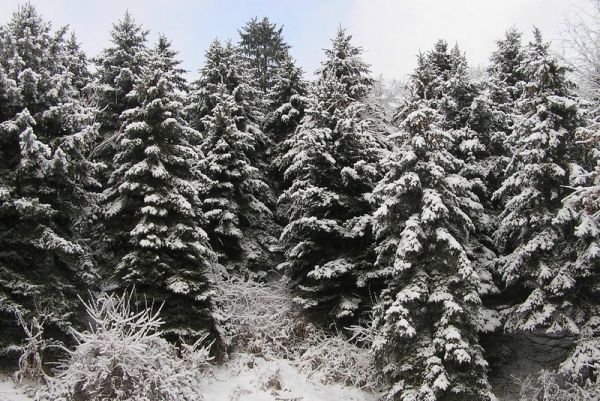
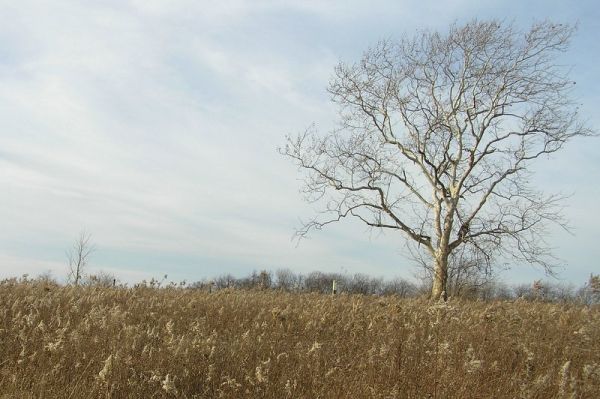
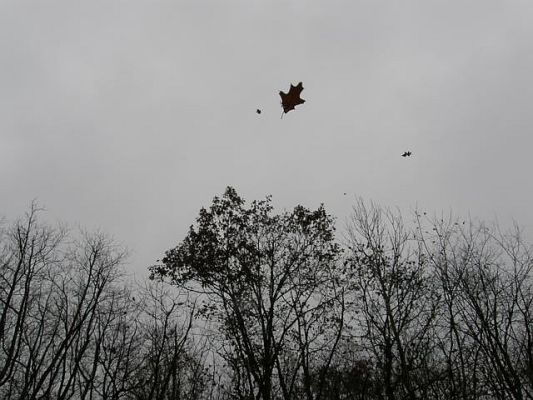


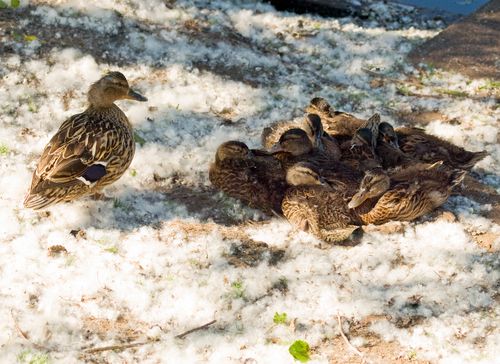
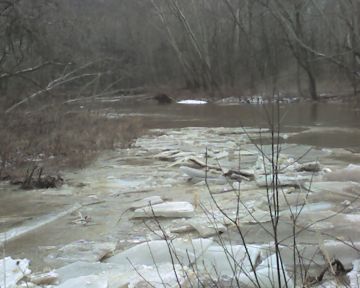 After weeks of bitter cold, Raccoon Creek was icy and quiet yesterday when the temperature reached 55 degrees at the Wildflower Reserve.
After weeks of bitter cold, Raccoon Creek was icy and quiet yesterday when the temperature reached 55 degrees at the Wildflower Reserve.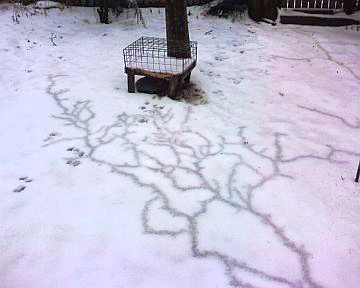
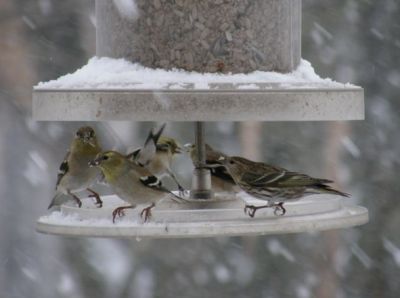 As I write this it’s -4 degrees Fahrenheit (-20 Celsius).
As I write this it’s -4 degrees Fahrenheit (-20 Celsius).